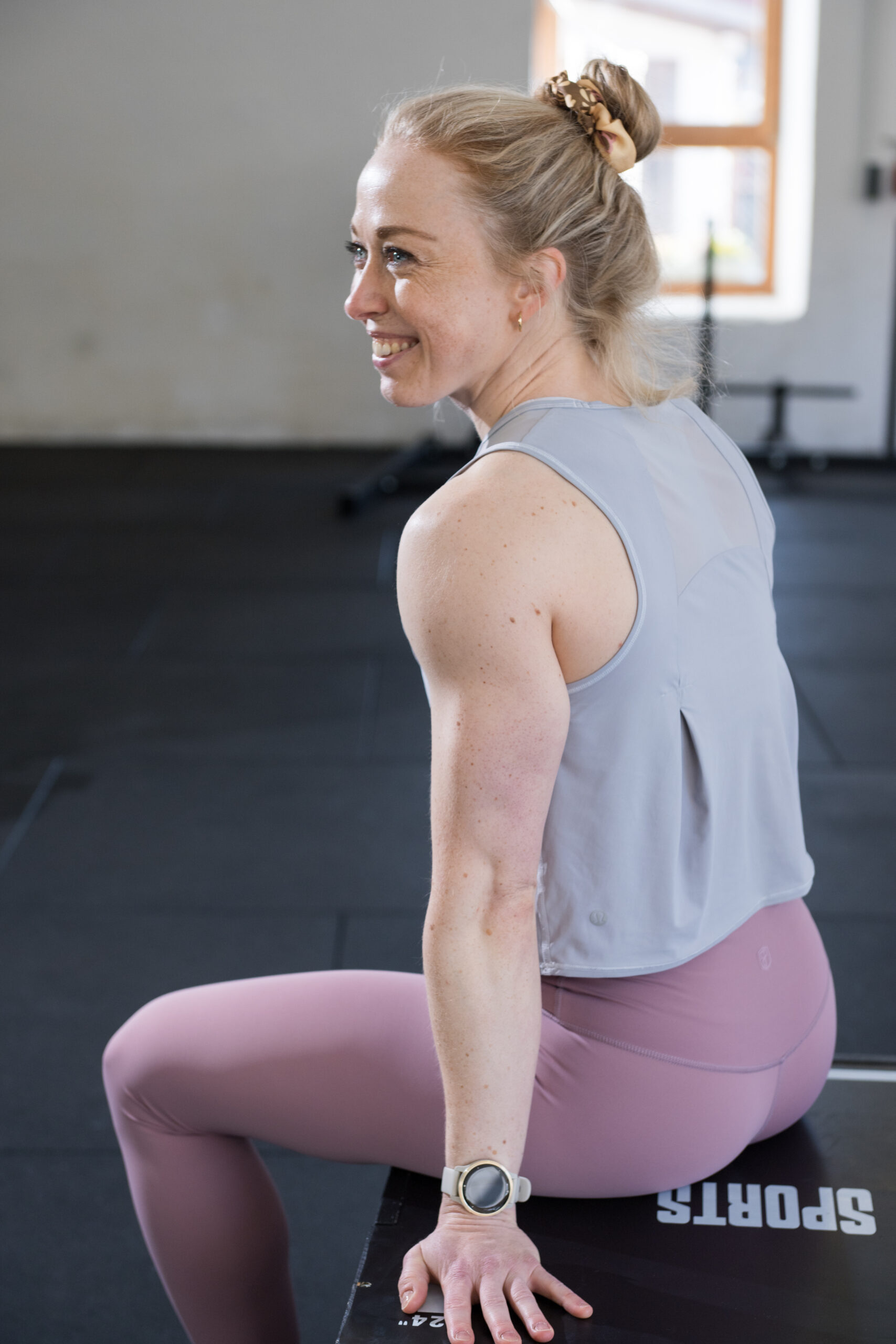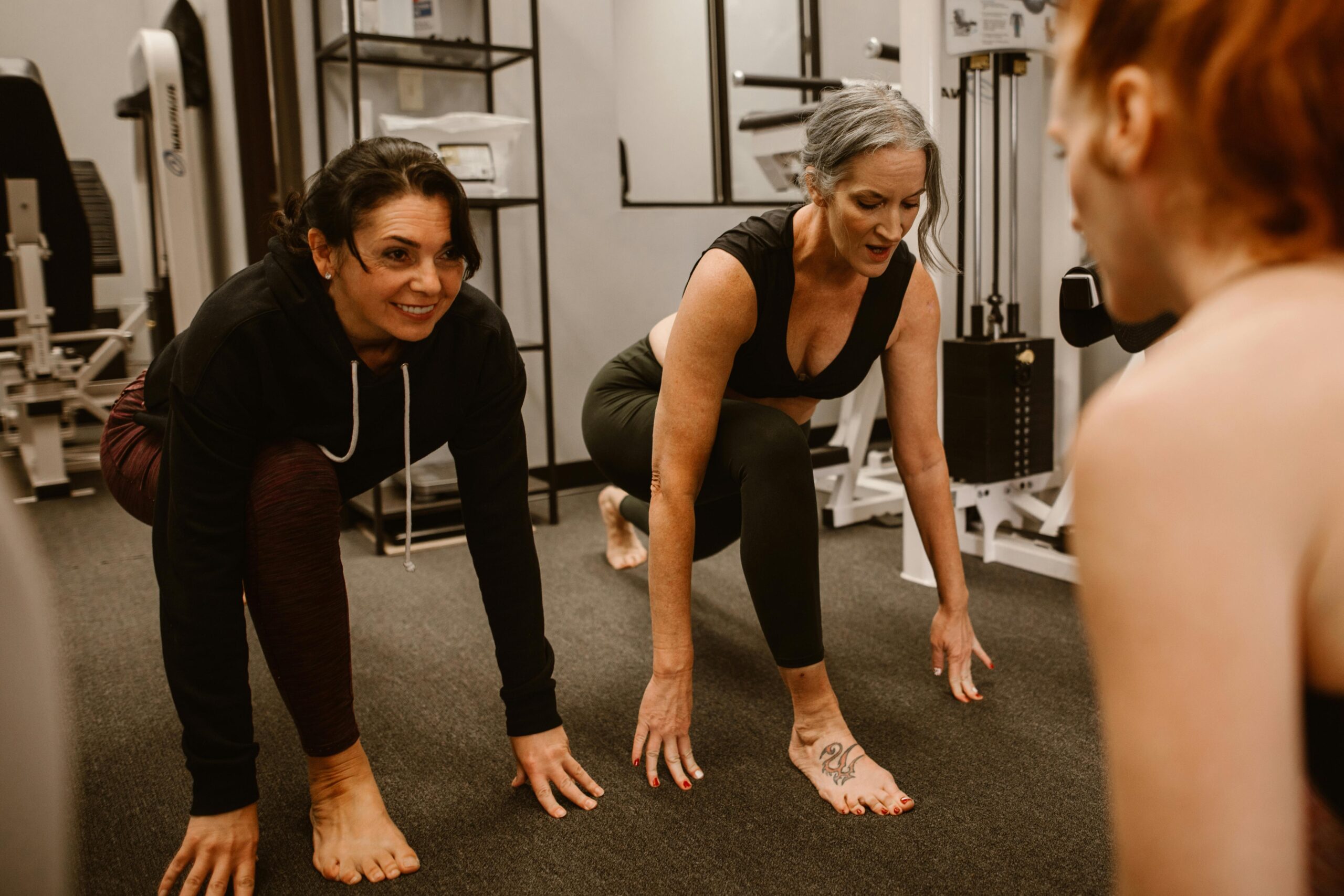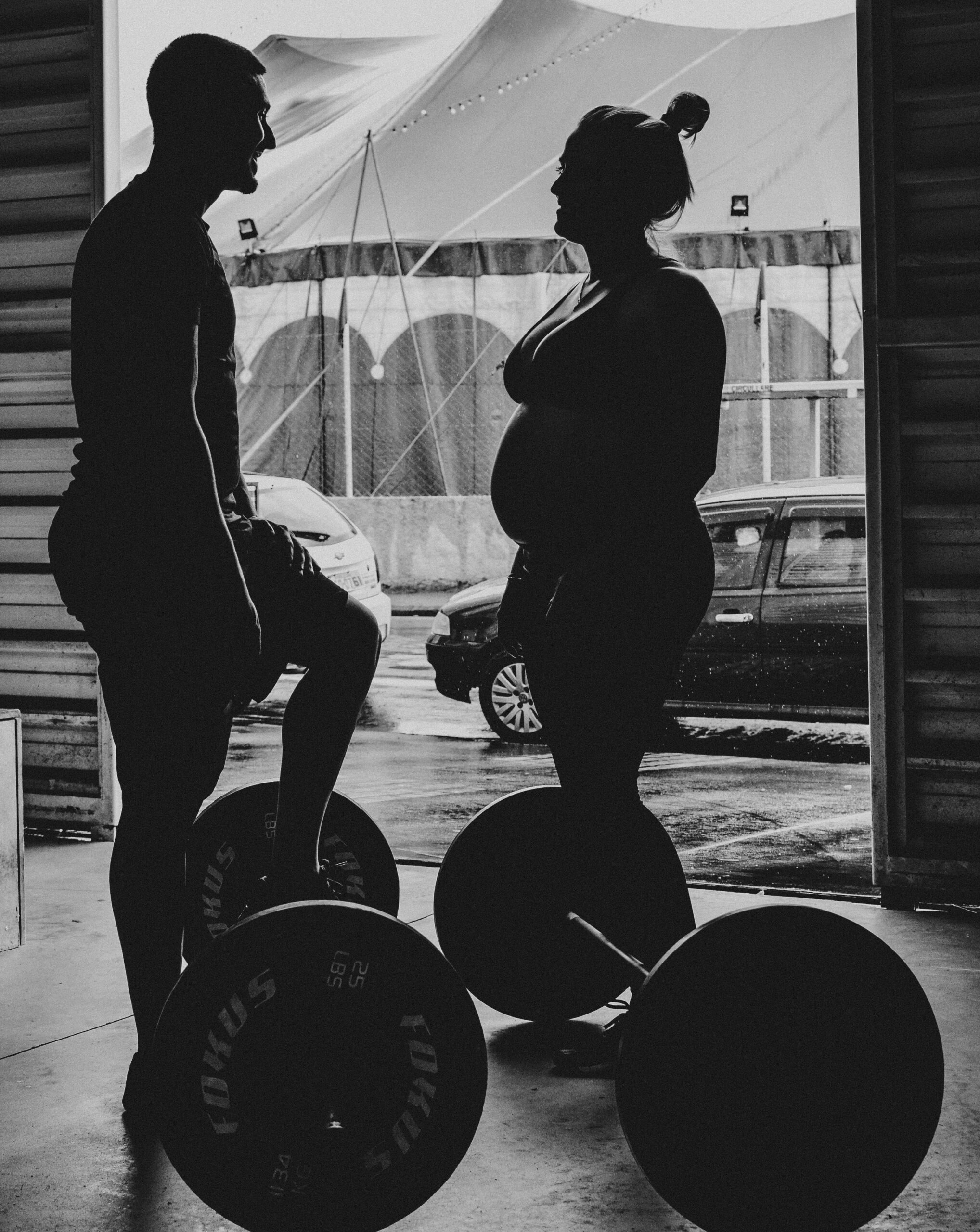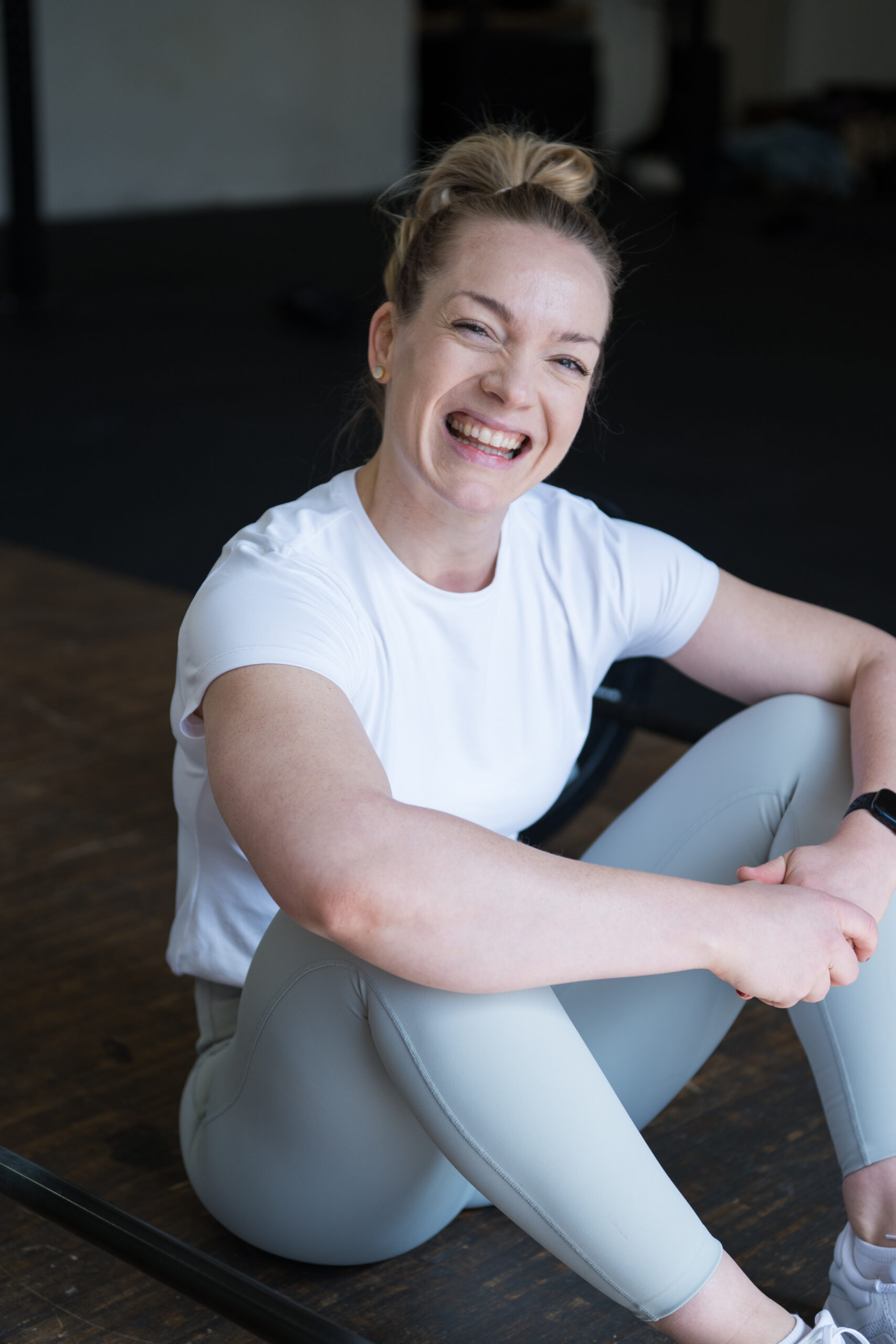Become your fittest and healthiest version
Your training will depend on which life stage you are in:
Different life-stages require different training approaches for women
Women require different training approaches due to unique physiological factors including anatomical differences (e.g. wider pelvis, higher Q-angle), hormonal fluctuations, metabolism variations, and changing recovery needs throughout different life stages.
Female-specific considerations like greater joint mobility, different fat distribution patterns, and muscle fiber composition require specialized focus on stability and functional movement.
Strength training is important at any life-stage but becomes essential during menopause to combat muscle loss, support bone density, and maintain metabolism.
This is why generic training programs often fail women, and phase-specific approaches help women thrive at every age. Tailored, phase-specific training helps women thrive at every age.
every woman is unique
AND SO SHOULD COACHING HER BE

REPRODUCTIVE YEARS
During the reproductive years, women experience hormonal fluctuations across the menstrual cycle that impact energy, strength, and recovery.
Training can be optimized by aligning intensity with cycle phases – strength and performance often peak in the follicular phase, while the luteal phase may require more recovery and lower loads.
Using oral contraceptives? Hormone levels are more stable but may blunt natural fluctuations and affect muscle adaptation or recovery differently.
Irregular or missing periods? In cases of amenorrhea (loss of period) – often due to stress, underfueling, or overtraining – restoring hormonal health becomes the top priority. In both cases, a coaching approach should focus on adequate nutrition, recovery, and sustainable training volume.
Strength, mobility, and pelvic floor awareness remain core pillars in this life stage.

PERI- & POST-MENOPAUSE
As estrogen and progesterone levels drop, women face increased risk of muscle loss, bone density reduction, and changes in body composition.
Strength training is essential to counter these effects, helping preserve lean mass and protect bone health.
High-Intensity Interval Training (HIIT) supports cardiovascular fitness and insulin sensitivity.
Equally important are jumping (plyometrics) and balance training, which stimulate bone density and improve fall prevention—critical as bone fragility and coordination can decline. Training should also support joint mobility and recovery.

PREGNANCY & POSTPARTUM
Pregnancy brings major changes: increased blood volume, weight gain, and hormone-induced joint laxity.
Training should emphasize maintaining strength, posture, and mobility, while protecting the core and pelvic floor.
Postpartum, the focus shifts to healing, rebuilding pelvic floor function, addressing diastasis recti, and gradually reintroducing movement. Strength and stability must be re-established before resuming high-impact or intense exercise, with close attention to fatigue and recovery needs.
„Strong women lift each other up, and they also lift heavy weights.”
Tia-Clair Toomey (CrossFit Champion)
WHAT YOU WILL ACHIEVE WITH ME:
-
An exclusive, one-on-one interaction with a women’s fitness expert who understands your physiology
-
A strong, healthy body – built on your terms, with results that reflect your ambition and lifestyle
-
Efficient, strategic training designed to fit seamlessly into your schedule—no time wasted, no generic workouts
-
Deeply personalized programming, tailored to your unique hormonal profile, physiology, and life stage
- Feel energized, not depleted because your training plan respects your body’s signals instead of pushing through hormonal fluctuations

